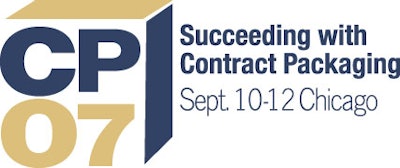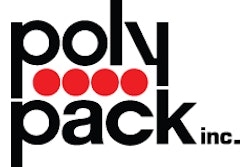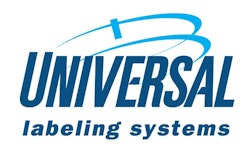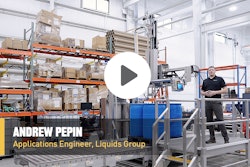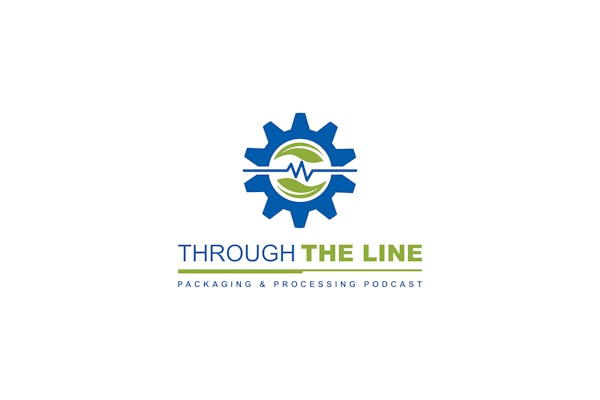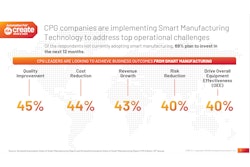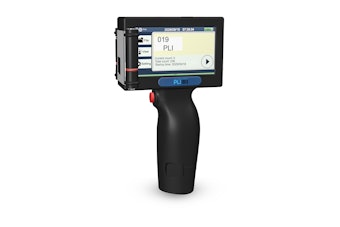By any measure, the CP 07: Success With Contract Packaging conference Sept. 10-12 at the Chicago O’Hare Marriott was an unqualified success. With nearly 170 attendees on hand, the conference, produced by Contract Packaging and Packaging World magazines and supported by the Contract Packaging Association, was a sell-out. Attendees gave the conference high marks, and were excited about the prospects for next year’s event.
Benjamin Gordon, managing director, BG Strategic Advisors, emphasized in his opening keynote address that contract packaging has entered a phase of “winner-take-all. A handful of firms at the top will take the lion’s share of the marketplace,” he said.
The reason, Gordon explained, is that the co-packing industry is being squeezed at the beginning of an era in which previously well-defined lines among the companies operating in contract packaging and ancillary services are becoming blurred. Contract packagers who were engaged in either primary, secondary, or display packaging services now are starting to offer two or all three of these services, Gordon noted.
The industry also is beginning to see the same set of convergence characteristics in contract logistics, Gordon added. Companies are now offering services in two or more areas: warehousing, surface transportation, and freight forwarding.
Expanded services within contract packaging and contract logistics are making each major area an attractive target for mergers that are blending packaging and logistics. Gordon cited the mergers of Wilpak (contract packaging) and Jacobson Companies (logistics) and Power Packaging (contract packaging) and Exel (logistics) as recent examples.
But gaining a competitive advantage doesn’t only occur through mergers and acquisitions. In another session, Avi Edelstein, partner at Tefen Management Consulting, explained that operational excellence is also critical for success in the new world of contract packaging. Edelstein outlined six capabilities that will be hallmarks of effective operations among the best companies: unit-cost comparisons, lean manufacturing practices, overall equipment effectiveness, flexibility in reacting to market changes, reliable operations, and Six Sigma processes on the plant floor and in the executive suite.
“There are some tools that can help you identify value-added versus non-value-added activities,” Edelstein explained. “One of them is a value stream map that you will be using when you implement lean manufacturing. This is where you will walk through the process and look at and identify activities that add value. Clients are always shocked when they see the percentage of time that is actually value-added. It’s usually 3%, 4%, or 5% of value-added for the entire time that the product is in your supply chain.”
From a consumer packaged goods (CPG) company perspective of operational effectiveness, Edelstein offered this advice: “The more flexibility you have (with your co-packer) and the more you understand that this is one supply chain working together, solving problems together as a single supply chain, the more successful you will be.”
Forces that are reshaping across the industry are creating opportunities for CPG companies to leverage contract packaging in support of their business objectives. Procter & Gamble is one product manufacturer making more strategic use of contract packaging and manufacturing. David Elliott, who has responsibility for contract manufacturing in beauty care, health care, and pet care, explained how outsourcing delivers results for P&G.
The company invests about $200 million in consumer research and has identified two critical interactions with consumers: the First Moment of Truth (“when the consumer chooses”) and the Second Moment of Truth (“when the consumer uses”).
P&G focuses on two strategies that incorporate contract packaging and manufacturing to meet consumer wants. The first is a mandate from CEO Alan Lafley to have more than 50% of the company’s innovative ideas—products, packaging, capital equipment, etc.—come from outside sources. Currently, P&G is at 35%.
“We now have people looking for opportunities to develop and co-develop and jointly develop different opportunities,” Elliott said.
The second strategy is the use of innovative service providers. P&G seeks partners that can fit in strategically, with innovation that impacts product distribution and development, procurement, and elsewhere along the supply chain.
“You have a little more opportunity to play with price. If you are bringing something forward that the customer really wants, you will be able to charge the price that supports that product,” he said.
In a presentation by Emmanuel Cerf, vice president at Polypack, and Michael Skoczek, president and CEO at the Center for Educational Advancement, it was noted that shrink film’s use is growing by upward of 20% annually. Club stores are driving a significant share of the increase with the emergence of display pallets and CPG companies’ growing interest in decorated films on multipack products. Cerf said packagers can more efficiently ride the wave of this growth by using a relatively inexpensive bundler that can also run clear film.
“You don’t have to buy a $250 million or $500 million bundler to run printed film,” Cerf explained. “You can start with a manual machine for $30,000 that can get you into the market of being able to run printed film, and therefore, being able to sell your clients on the printed film. And if you buy a machine today that can run printed film, odds are you will be running printed film.”
